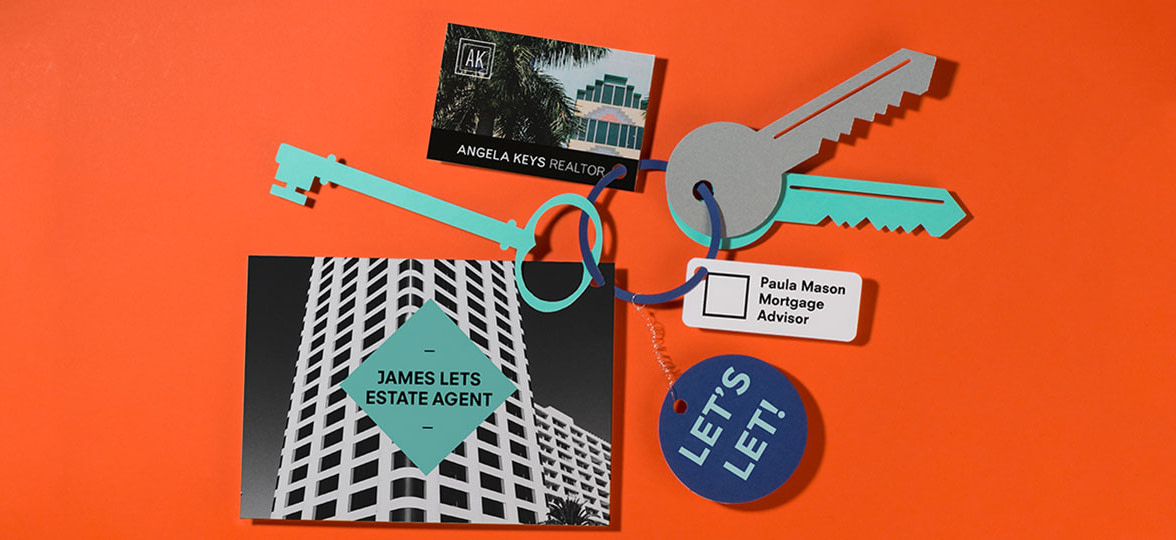Persuasive tactics for real estate agents
Working in real estate sure teaches you how to be persuasive – but we bet you don’t know all 5 of these proven-and-practiced ways to persuade. Try one on your next appointment!

Working in real estate sure teaches you how to be persuasive – but we bet you don’t know all 5 of these proven-and-practiced ways to persuade. Try one on your next appointment!
Businesses rely on persuading people. It’s how you get customers to understand, to buy and to believe in what you do. Whether you’re a freelancer, entrepreneur, or founder, the things you say about your brand need to be persuasive – and that goes for everything from the content on your website, property descriptions and images in your brochures, right through to email subject lines.
But the world of persuasion doesn’t need a PhD in behavioural psychology – it’s a skill that’s entirely attainable with practice. As Robert Cialdini, author of the infamous marketing psychology book Influence reminds us, “If a patsy like me can do it… anyone can”. Often, it comes down to the way you plan and write – so here are 5 tips to try next time you’re putting some words together.
Social Proof – “everyone else is doing it”
People do as crowds do and showing what someone’s peers are up to can be incredibly powerful. It’s all about the power of testimonial – if you’re on the fence about whether or not to do something and you see someone else who’s taken the plunge and been happy, it helps build your belief that if you follow the same path, you’ll get the same benefit. Research from Nielsen shows that 92% of people trust testimonials from people who they share characteristics with (same age, location, sector…). That’s pretty powerful stuff!
How to use it:
Get to know your customers and let them do the talking for you. If you’ve built up a great rapport with a customer during a sale, when they’re in the afterglow of finding their new dream home, get a little something from them. So, we all get testimonials, right? But where are you using them? Work the format – and get it everywhere… on your website, on social media, even printed on postcards (or business cards, for that matter)
Listening – “tell me what I want to know – not what you want to tell me”
A lot of people do this backwards by instinct. When they have a message to get across, they pile in from all angles to make themselves understood. Use social media and any feedback you have to understand why your customers are using you – rather than why you think they’re using you.
This also comes across in the detail of the language that you use. Look again at the words you’re using – every time you say ‘we’, can you say ‘you’ instead? And do you really understand why someone would come to you over a competitor? Take the time to ask, listen and understand the real-world benefits you bring.
How to use it:
speak in your customers’ language. Look again at the words you and they use. Are they the same? Instead of saying ‘we provide the best service on the market’, how can you make it about your customer instead? Tell them what they’ll get – not who you are. Instead of saying ‘We’ve got 15 years’ experience in the real-estate industry’, try ‘You’re in safe hands – we’ve helped more than 500 people find their dream home and now, we’ll help you find yours.’
Outcome modeling: “what’s going to happen next?”
Think about this as telling someone what they’re going to get before you tell them what to do – this is the reason why someone will move forward in their buying process. Sometimes, it’s not always clear what will happen next, and the more you can help someone understand exactly what the next steps are in a chain, the more likely they are to follow it. Think of it as letting your customers see through a door before they have to open it.
How to use it:
When it comes to your marketing materials – like your email or website copy for example – don’t give empty instructions. Instead, always try and say what someone will get by following that instruction – if you’re using language like ‘click here’ or ‘sign up’ you’re going down the wrong path. Those are the actions someone will take in order to get the thing they’re after – so lead on that. Try ‘view this property’ or ‘find my new home’.
Scarcity – “it won’t be around forever!”
By making something scarce, you can give a sense of urgency, which in turn can make something seem more desirable, leading to faster action. That’s why you often see the text “only 2 items left” in red when shopping online, a countdown timer when buying show tickets, and according to the Harvard Business Review, why McDonalds repeatedly launches the McRib sandwich for just a limited time only. When people think that the opportunity might pass, they’re less likely to put it off.
How to use it:
If the price in a certain area has escalated quickly, make it clear that properties are in short supply and add a sense of urgency to the call to actions that sit alongside the property listings on your website. For example – ‘Last 2 bed under $400k in this zip code!’
Want more tips to boost your business? Try our guide to productivity
Keep in touch
Get design inspiration, business tips and special offers straight to your inbox with our MOOsletter, out every two weeks.



